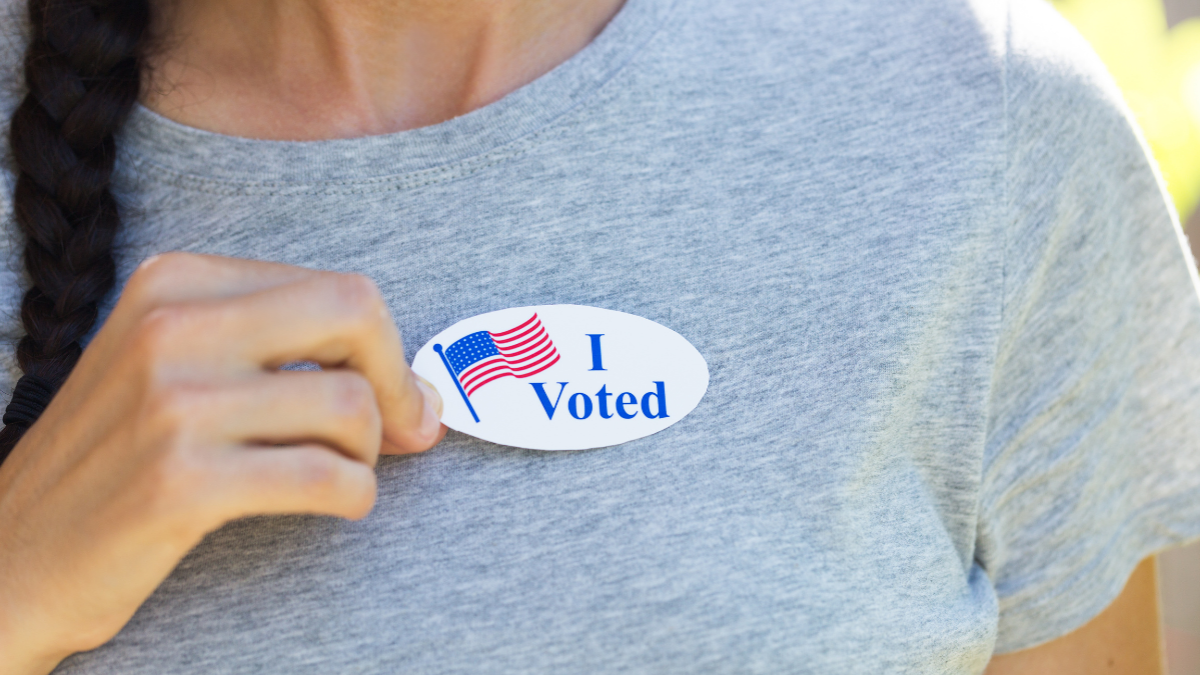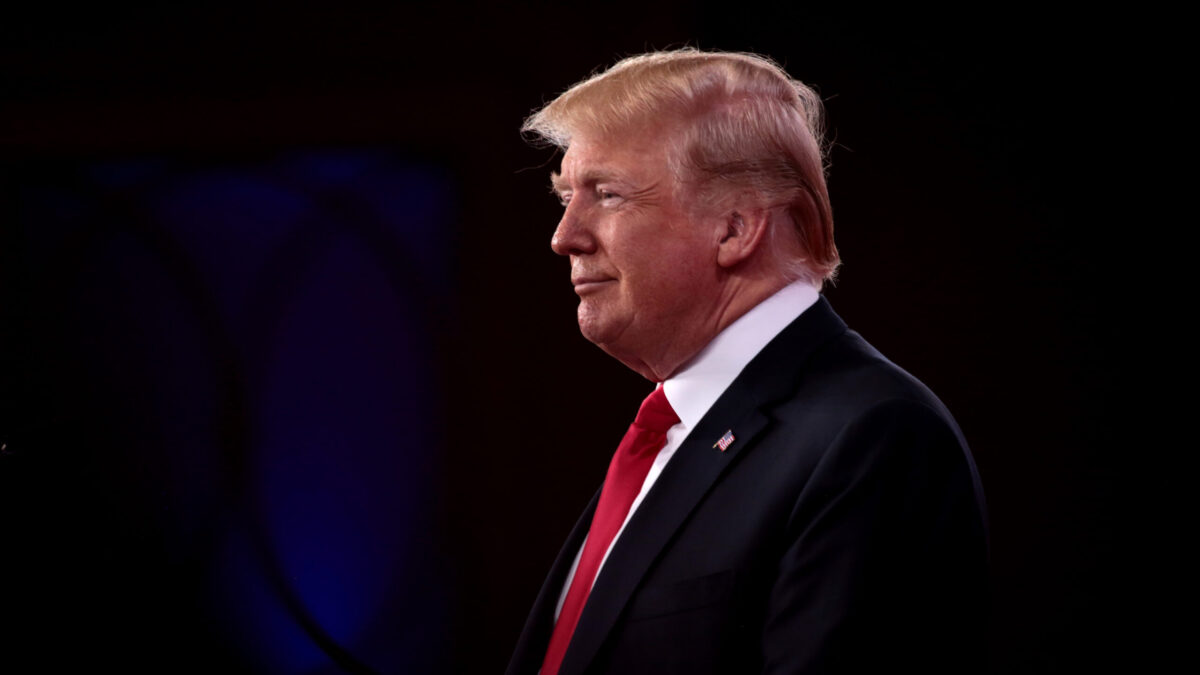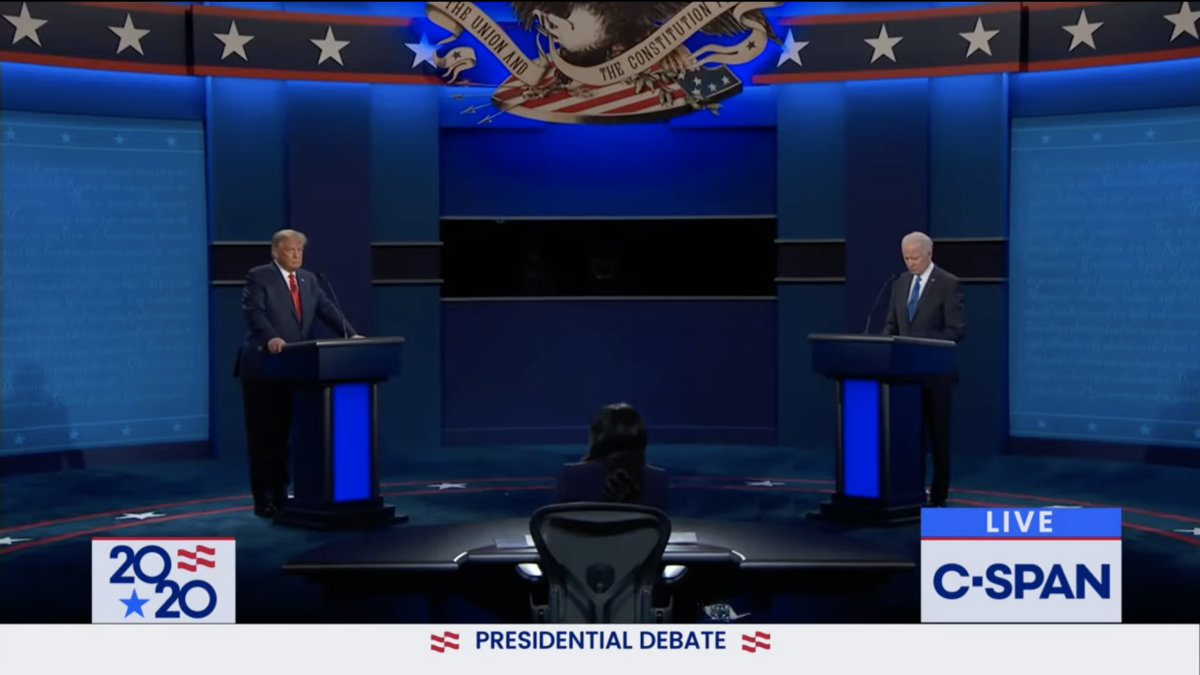Remember when Election Day used to be an actual day? You’d gather with your family and friends to find out who the next president was going to be. It was a time to celebrate our republic as Americans went to have their voices heard at the ballot box. The Public Interest Legal Foundation, of which I am president, is fighting in federal court to restore the “day” in Election Day.
We filed a federal lawsuit in North Dakota to enforce federal law and stop the state from accepting ballots up to 13 days after Election Day. We allege that North Dakota’s law allowing the election to drag on for almost two extra weeks conflicts with federal law.
This case doesn’t claim that anyone stole the North Dakota election. Indeed, North Dakota is only involved in the case because it is one of the most extreme states in accepting ballots weeks after the election.
The case challenging North Dakota’s 13 extra election days is about helping to bring confidence back to elections nationwide. It’s time Election Day means Election Day again.
We have to stop the new normal of Election Day dragging on and on. Now Americans don’t learn results for days, and sometimes weeks.
For example, in 2022, the last U.S. Senate and gubernatorial races were finally called on Nov. 23, a total of 15 days after Election Day. The U.S. House of Representatives was worse. The last House race was not called until Dec. 13, a total of 35 days after Election Day.
Americans now prepare themselves for weeks of uncertainty and anxiety as Election Day turns into Election Month. They see their preferred candidate’s lead slowly erode. They have seen counts wildly change and don’t understand why. This ultimately leads to an erosion of trust.
So why has Election Day turned into Election Month? Why were we able to know our election results on election night decades ago, but now we are lucky if we know the results a week later?
This problem isn’t happening everywhere. For instance, in 2022, Florida managed to call all its U.S. House, Senate, and gubernatorial races within two hours of polls closing. How can a state as large as Florida have a final count on election night but states like California, Nevada, and Colorado take weeks?
Mail ballots are to blame, specifically how states’ laws relate to the acceptance and tabulation of mail ballots.
Different State Laws on Mail Ballots
Florida requires all absentee ballots to arrive by Election Day. What this means in practice is that if a mail ballot arrives after Election Day, it will not be counted. This might seem drastic, but remember, mail voting is the exception, not the norm.
North Dakota, along with 17 other states and the District of Columbia, accepts ballots that arrive after Election Day. Some even accept ballots that arrive up to two weeks after Election Day.
Accepting ballots that arrive after Election Day is the primary reason for the delay in election results. When a state allows ballots to roll in for weeks, results will be delayed for weeks.
But it gets worse. Not only does accepting mail ballots that arrive after Election Day lead to delays in election results, but it also violates federal law. The law requires a single national Election Day to be held on “the first Tuesday after the first Monday in November of every even-numbered year.”
That seems simple enough.
Day is singular, not plural. Congress wanted a single day when the election was over, so the country could move from the fury of the election to governing.









